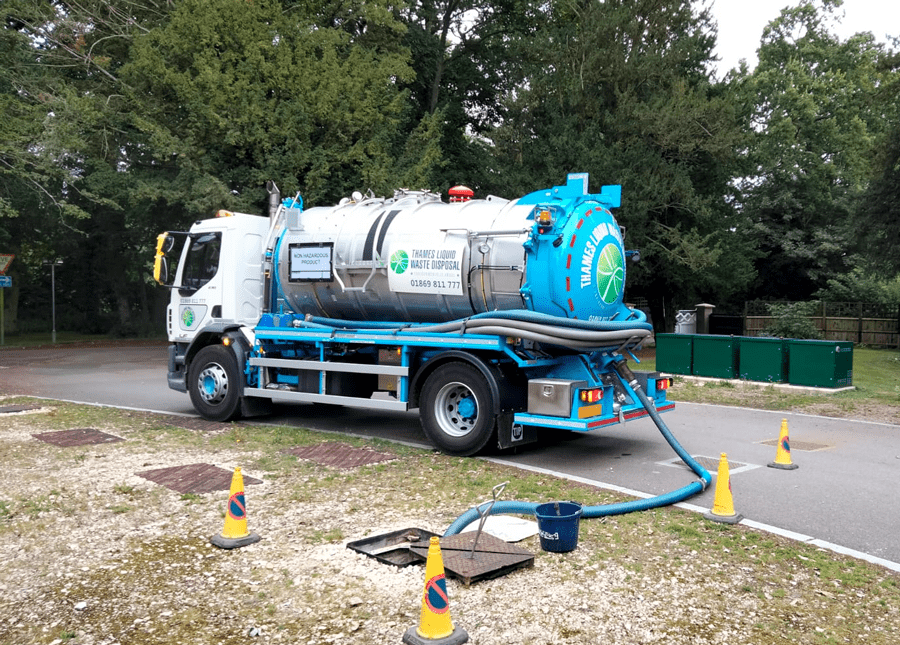6 Easy Facts About Reclaim Waste Explained
6 Easy Facts About Reclaim Waste Explained
Blog Article
Get This Report on Reclaim Waste
Table of ContentsThe Main Principles Of Reclaim Waste Reclaim Waste Can Be Fun For EveryoneReclaim Waste Things To Know Before You Get ThisThe Reclaim Waste IdeasOur Reclaim Waste Diaries
Explore the types, incidents, and forms of fluid waste. Domestic sewer waste refers to the waste and items from a domestic septic system. This kind of waste is created by humans in homes, schools, and various other structures. This only includes septic systems that have a drainpipe field. The correct management and disposal of residential sewer waste call for liquid waste to be moved to a sewage therapy plant where the proper approaches and equipment are put on purify and get rid of waste.
Commercial waste usually includes potential dangers, such as combustible products or a combination of liquid and solid waste products, and requires an advanced and comprehensive disposal process. The disposal of industrial waste commonly includes the filtering of waste before transportation to ensure secure and proper disposal. Industrial waste is produced from results and drainage of industrial processes and manufacturing.
This sort of waste can not make use of the same sewage monitoring transport or processes as septic or industrial liquids. The industrial waste monitoring procedure calls for the inspection and screening of fluid waste prior to it undertakes the disposal process (liquid waste removal). Overflow waste is the fluid waste that originates from drainage and excess stormwater in extremely inhabited locations or cities
Drainage waste can trigger contamination and flooding if not dealt with correctly. Guaranteeing proper waste monitoring can protect against calamities and decrease ecological injury.
Reclaim Waste for Beginners
Get in touch with PROS Providers today to learn more about our waste monitoring and disposal services and the appropriate methods to care for the fluid waste you generate.
(https://penzu.com/p/1f225eb6893bd9aa)Do you know what takes place to your water when you end, flush the bathroom or drain the washing equipment? No? Well, it's worth knowing. This supposed 'wastewater' is not only a vital source however, after treatment, will certainly be launched to our land, waterways or the sea. Used water from commodes, showers, bathrooms, kitchen sinks, washings and industrial procedures is referred to as wastewater.

water utilized to cool down machinery or tidy plant and equipment). Stormwater, a type of wastewater, is runoff that streams from farming and urban locations such as roofing systems, parks, yards, roads, paths and rain gutters right into stormwater drains pipes, after rain. Stormwater streams unattended directly to regional creeks or rivers, at some point getting to the ocean.
Not known Incorrect Statements About Reclaim Waste
In Queensland, the majority of wastewater is treated at sewage therapy plants. Wastewater is transferred from domestic or industrial websites via check that a system of sewage systems and pump terminals, referred to as sewerage reticulation, to a sewage treatment plant. City governments develop, preserve and run most sewer therapy plants. Operators are accredited under the Environmental Security Act 1994 to release treated wastewater at an acceptable ecological standard right into rivers.
The Division of Natural Resources encourages regional federal governments regarding managing, operating and keeping sewage systems and treatment plants. In unsewered areas, regional federal governments might need homeowners to set up private or household sewer treatment systems to treat residential wastewater from commodes, kitchens, bathrooms and washings. The Department of Natural Resources authorizes using household systems when they are proven to be efficient.
In some new communities, therapy of some stormwater to eliminate clutter, sand and crushed rock has actually started utilizing gross pollutant catches. Wastewater treatment happens in 4 phases: Gets rid of solid matter.
Wastewater after that streams right into big tanks where solids settle and are eliminated as sludge. Grease and scum are skimmed from the surface area. Uses little living organisms recognizes as micro-organisms to break down and eliminate remaining liquified wastes and great bits. Micro-organisms and wastes are incorporated in the sludge. Eliminates nitrogen and phosphorus nutrients that can trigger algal blossoms in our waterways and endanger marine life.
The Only Guide for Reclaim Waste
Nutrient elimination is not readily available at all sewer therapy plants because it calls for pricey specialized tools. It is ending up being much more typical in Queensland. Clear fluid effluent created after treatment may still consist of disease-causing micro-organisms. If this effluent is launched into waterways such as rivers or the sea, the micro-organisms will at some point pass away out.

A lot of wastewater flows right into the sewerage system. Under the Act, local governments administer authorizations and permits for eco appropriate tasks (ERAs) entailing wastewater releases that could have a local influence.
The Reclaim Waste PDFs
Or else, examples are taken for lab evaluation. Typically several examinations are required to establish the levels of each of the various toxins such as oils, hefty metals and pesticides in water. Tracking supplies valid details about water quality and can confirm that licence conditions are being satisfied. The info gotten via surveillance provides the basis for making water top quality decisions.
Report this page